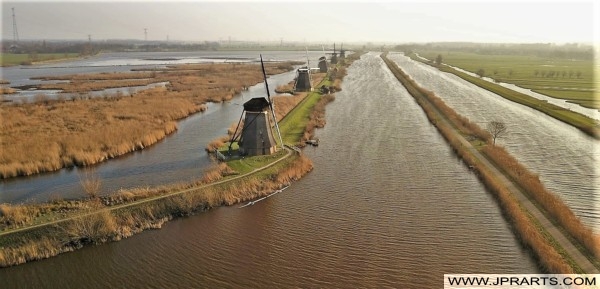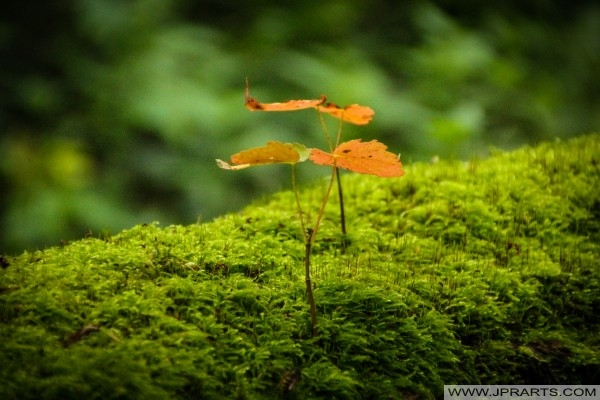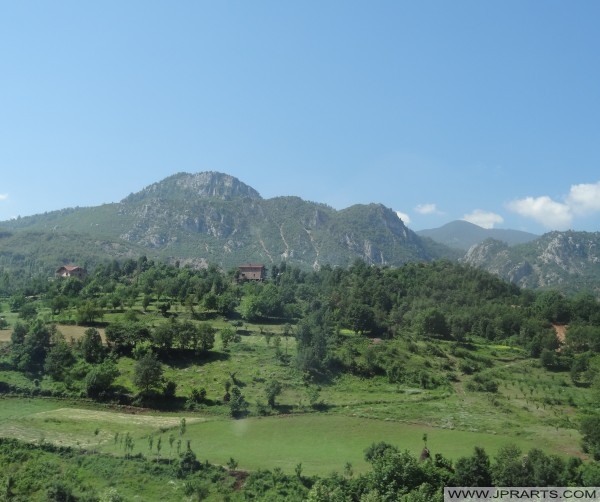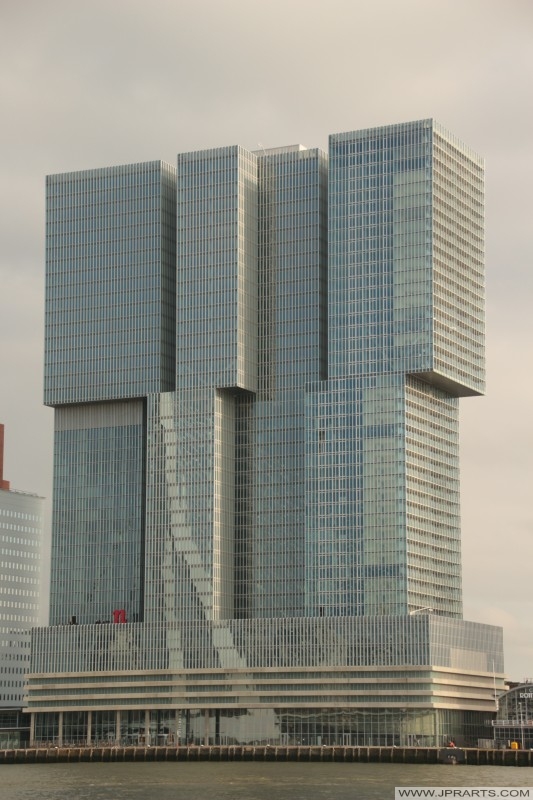A landscape is the visible features of an area of land, its landforms, and how they integrate with natural or man-made features, often considered in terms of their aesthetic appeal. A landscape includes the physical elements of geophysically defined landforms such as (ice-capped) mountains, hills, water bodies such as rivers, lakes, ponds and the sea, living elements of land cover including indigenous vegetation, human elements including different forms of land use, buildings, and structures, and transitory elements such as lighting and weather conditions.
Landscapes
Paisajes
Combining both their physical origins and the cultural overlay of human presence, often created over millennia, landscapes reflect a living synthesis of people and place that is vital to local and national identity. The character of a landscape helps define the self-image of the people who inhabit it and a sense of place that differentiates one region from other regions. It is the dynamic backdrop to people’s lives. Landscape can be as varied as farmland, a landscape park or wilderness. The Earth has a vast range of landscapes, including the icy landscapes of polar regions, mountainous landscapes, vast arid desert landscapes, islands, and coastal landscapes, densely forested or wooded landscapes including past boreal forests and tropical rainforests, and agricultural landscapes of temperate and tropical regions. The activity of modifying the visible features of an area of land is referred to as landscaping.
Landschaften
مناظر طبيعية
Paysages
Landscape archaeology or landscape history is the study of the way in which humanity has changed the physical appearance of the environment, both present and past. Landscape generally refers to both natural environments and environments constructed by human beings. Natural landscapes are considered to be environments that have not been altered by humans in any shape or form. Cultural landscapes, on the other hand, are environments that have been altered in some manner by people (including temporary structures and places, such as campsites, that are created by human beings). Among archaeologists, the term landscape can refer to the meanings and alterations people mark onto their surroundings. The concept of cultural landscapes can be found in the European tradition of landscape painting. From the 16th century onwards, many European artists painted landscapes in favor of people, diminishing the people in their paintings to figures subsumed within broader, regionally specific landscapes.
Manzaralar
परिदृश्य
The Chinese garden is a landscape garden style which has evolved over three thousand years. It includes both the vast gardens of the Chinese emperors and members of the Imperial Family, built for pleasure and to impress, and the more intimate gardens created by scholars, poets, former government officials, soldiers and merchants, made for reflection and escape from the outside world. The English landscape garden, also called English landscape park or simply the ‘English garden’, is a style of parkland garden intended to look as though it might be a natural landscape, although it may be very extensively re-arranged. It emerged in England in the early 18th century, and spread across Europe, replacing the more formal, symmetrical jardin à la française of the 17th century as the principal style for large parks and gardens in Europe.
Пейзажи
Pemandangan
Visit Cheap Shopping to Order Blu-rays, Books and DVDs Cheap Online







